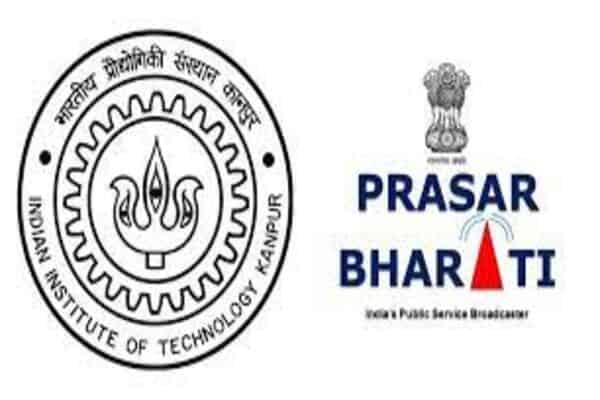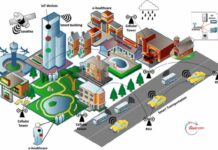
In a recent advancement in the broadcasting sector, Prasar Bharati signed a Memorandum of Understanding (MoU) with IIT Kanpur to devise advanced broadcast solutions for Digital Terrestrial Broadcasting in line with 5G standards. The move will enable applications like Direct to Mobile Broadcasting and open doors to create new content opportunities leveraging Artificial Intelligence (AI) algorithms.
The Ministry of Information and Broadcasting, in an official release, said that phasing out of the Analog Terrestrial TV is in public and national interest as it has become obsolete. Also, as the Analog Terrestrial TV phases out it will open the valuable spectrum for emerging technologies like 5G besides cutting down wasteful power expenses.
Prasar Bharati, over the last couple of years, has been swiftly and gradually phasing out obsolete technologies and making way for newer technologies at Doordarshan and All India Radio, the release added.
As of now, nearly 70 per cent of all analogue transmitters have been phased out. Rest are being moved out in a phased manner while ensuring apt steps are taken for the re-deployment of manpower. Prasar Bharati, except for 50 analogue terrestrial TV transmitters in strategic locations, will be phasing out all the obsolete analogue transmitters by March 31, 2022.
According to the Ministry, Prasar Bharti has made available all the DD channels and several private channels free of cost through DD FreeDish DTH throughout the country. People can purchase the set-top boxes to receive DD FreeDish DTH channels in “free to air mode” through the open market to access over 120 free to air TV channels. These free channels will also include several educational channels as well as more than 40 satellite radio channels of Akashvani.
Also Read: Centre to open 75 Science Technology & Innovation Hubs for SCs & STs
Prasar Bharati has clearly said that all the DD channels, apart from maintaining their online presence through YouTube and other social media platforms, will continue to generate content for broadcasting on the satellite channels dedicated to their respective states.





















